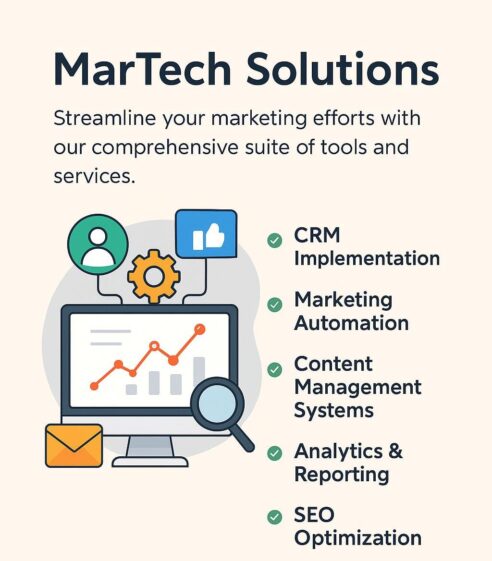
In the fast-paced world of small business, leveraging the right technology can be the difference between stagnation and growth. ZOHO CRM is a robust platform designed to help small businesses streamline their operations, enhance customer relationships, and drive sales. However, to truly maximize its value, it’s essential to implement ZOHO CRM strategically. Here are the latest best practices to ensure successful adoption and measurable improvement in your business performance
1. Define Clear Objectives and Goals
2. Selecting an Appropriate CRM Version

3. Data Migration and Cleansing
4. Customization
Tailor to Your Needs: ZOHO CRM is customizable to tailor the application to the specific needs of the business.. This entails; Custom fields, modules, and workflows.
User Roles and Permissions: Assign users to roles and roles to access levels and make sure that all the employees are provided information needed.
5. Training and Onboarding
Comprehensive Training: When training your team, ensure that you attempt to make them learn things that would help them to operate in ZOHO CRM effectively.
Continuous Support: Make available to your team instruments and papers of support in order that they might continue to have access to the changes and updates that are continually being made on these characteristics.
6. Integrate with Other Tools
Seamless Integration: Best of the breed CRM like ZOHO CRM can be integrated with other business applications/utilities like email application, marketing tool/application, accountancy tool etc.
API Utilization: ZOHO CRM is used to combine with other applications by making use of the APIs and to increase the application usage.
7.Monitor and Optimize

Track Performance: Measures of good performance and progress of the activities should be evaluated and conveyed by the analytics and reporting instruments available in ZOHO CRM.
Continuous Improvement: The next action plan is that you should occasionally assess your current settings and configurations of your CRM system and apply appropriate adjustments to make CRM increase its contribution to the business’s value for money.
Conclusion:
Implementing ZOHO CRM using these best practices can lead to significant improvements in small business performance. By setting clear objectives, choosing the right edition, ensuring clean data, customizing the system, investing in training, integrating with other tools, and continuously optimizing your approach, you’ll unlock the full potential of ZOHO CRM. This strategic investment can help you build stronger customer relationships, increase efficiency, and achieve your business goals. For expert guidance and support, reach out to MarTech Panthers and let us help you transform your business with ZOHO CRM.
For more insights and expert advice on ZOHO CRM, visit MarTech Panthers
📩 Want to fix your automation? Let’s talk.
📞 Call us: +91 9762910165
📧 Email:info@martechpanthers.com
🌐 Visit: https://martechpanthers.com/
For more insights and expert advice on ZOHO CRM, visit MarTech Panthers.
Connect with us:
+91 976 291 01654 /
info@martechpanthers.com



